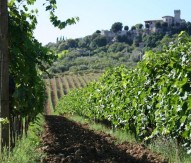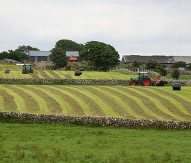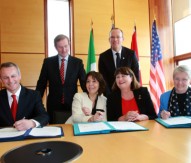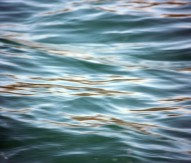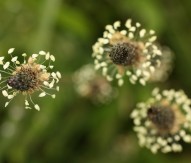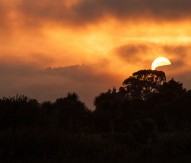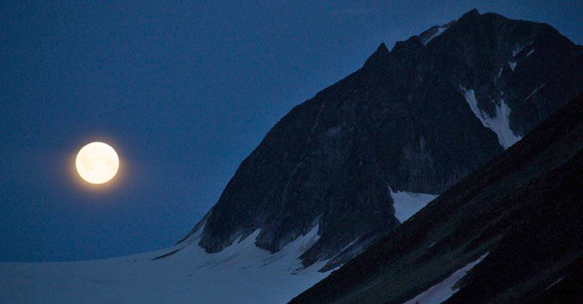
PROFILE: Marine Night
Professor Jørgen Berge of the Institute for Arctic and Marine Biology at University of Tromsø explores the Mare incognitum – ecological processes during the polar night – project.
Ice-covered areas of the Arctic were long presumed to be unproductive, and early scientific studies in the Arctic generally supported this paradigm (Nansen 1906). Evidence of human settlements in the high Arctic over several thousand years, however, conflicted with these early observations and constituted a paradox as to how human populations could subsist in regions considered to be biological deserts. Further investigations revealed the existence of productivity hot spots on par with some of the most productive places on Earth, and provided the first indications of complexity and the importance of the links between ice, ocean, and land in Arctic ecosystems.
During the last 20 years, national and international research efforts in the Arctic have sharply increased, culminating with the 3rd International Polar Year (IPY, 2007-2009). Highlights of the IPY work include cataloguing biodiversity from bacteria to top predators, documenting the importance of ice cover for a number of ecosystem processes, studying the relationships between physical and biotic processes on small spatial scales, describing the oceanography of previously poorly known areas, and investigating atmosphere-ice-ocean feedback relationships. Despite this, there are still major and fundamental knowledge-gaps hindering our ability to understand the Arctic as a single, linked system. Particularly considering the fact that the Arctic is undergoing change at an unprecedented rate, with a rapid loss of sea ice and increased temperatures as the most obvious examples, this constitutes a major challenge, not the least for a knowledge-based management of Arctic regions. Perhaps the most obvious and largest of these known gaps is centred around the widely accepted paradigm that Arctic marine ecosystems are best compared with a marine desert during the long and dark polar night. Just as the paradigm of the Arctic Ocean being an unproductive biotope was refuted a hundred years ago, the prevailing view of the polar night as devoid of biological activity has recently been challenged.
Ecosystem
Marine ecosystem processes are direct consequences of the complex behaviours and interactions between organisms, many of which are driven by the physical environment. Accordingly, a classical paradigm in Arctic marine ecology suggests that most biological processes stop during the polar night at high latitudes due to low food availability and the lack of light. Although the polar night at high latitudes is perceived as total darkness, new data indicate that Arctic organisms nevertheless may respond to light levels undetectable by the human eye. Recently, new research has challenged this assumption by presenting evidence of the polar night being a prime time for reproduction in a wide array of fish species, en masse vertical migration of zooplankton, and bioluminescence levels indicative of biotic activity hitherto assumed to be absent during the polar night. Combined, these recent results provide circumstantial evidence for both an endogenous and exogenous control of these poorly understood or previously unknown processes during the high Arctic polar night.
As the Arctic ice cap is reduced, new trans-Arctic shipping routes and petro-maritime activities are expected to increase in the relative near future. This increase comes with a risk of environmental accidents in areas until now sheltered from human impact. But considering the imminent gaps in knowledge concerning the marine ecosystem during the polar night, have are national management authorities able to regulate this increased activities in an environmental and eco-safe way? How are we able to make realistic risk-assessments on a system for which even the most basic knowledge is lacking?
The recent and unexpected discoveries under the extreme conditions of the Arctic winter reflect the historically low levels of scientific investigations during polar night, and challenge our understanding of Arctic marine organisms and ecosystems. But without a more fundamental perception of Arctic ecosystem function, such impacts will remain largely impossible to understand and predict. Winter ecology of Arctic marine systems, then, is a largely new field of science with the potential for radically altering our fundamental perception of basic Arctic ecosystems processes, current state of the ecosystem and connections between the biosphere, hydrosphere and cryosphere within the Polar Region.
The primary objective
The project strives to achieve a basic understanding of Arctic biodiversity and food web structure during the polar night, and how ecological processes from reproduction and growth to trophic interactions and life-history processes during this nearly unstudied time contribute to functioning of Arctic ecosystems. We will reach this primary objective by addressing three main research questions (research units one to three) and a fourth unit dedicated towards data management, communication and outreach:
- Unit 1: How do physical and biological factors regulate the recently discovered processes occurring among marine zooplankton during the high Arctic polar night?
- Unit 2: In the absence of light and primary production, are the biodiversity patterns and community structure of benthos during the polar night different from those observed during the polar day?
- Unit 3: Climate change case studies – what are the consequences of a changing climate?
- Unit 4: Outreach, communication and data management.
The Marine Night project is run by UiT The Arctic University of Norway, and is organised under the Mare Incognitum umbrella of projects (please see: www.mare-incorgnitum.no).

Professor Jørgen Berge
Dr philos, Marine Biology
UiT The Arctic University of Norway
BFE Faculty
Institute for Arctic and Marine Biology
9037 Tromsø
Norway
+47 (0)9016 9125
